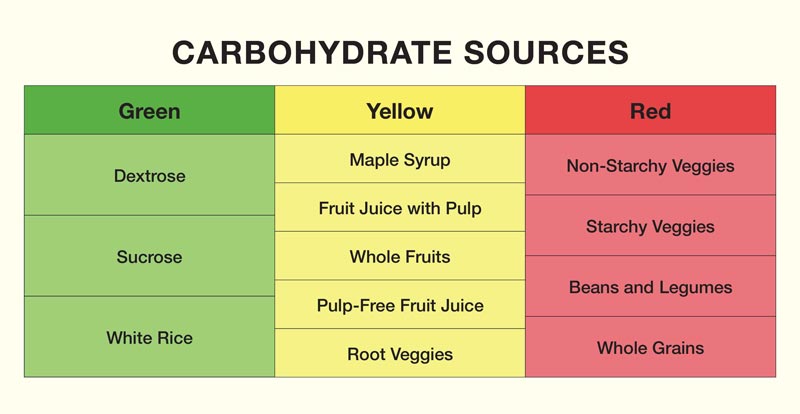- I recently spoke at the Ron Paul Institute, sharing how modern medicine is heavily influenced by pharmaceutical companies, leading to an overreliance on prescriptions rather than addressing root causes of disease. This approach has resulted in poor health outcomes despite high health care spending
- I shared an overview of my new book that comes out next month, Your Guide to Cellular Health, which is now available for preorder on Amazon
- Three major threats to cellular energy production include consumption of seed oils, exposure to plastics containing endocrine disruptors and electromagnetic fields (EMFs) from wireless technologies. These factors disrupt mitochondrial function
- Gut health is intricately linked to mitochondrial function. Damaged mitochondria cannot properly remove oxygen from your intestines, allowing harmful bacteria to flourish and produce endotoxins that further compromise health
- Despite current health challenges, future developments, including AI-powered health guidance systems and a growing movement toward understanding and addressing the true causes of disease, offer hope
Carbs Made Simple: A Color-Coded System to Guide Your Gut Health Journey
The method that I discuss in my book ranks carbohydrates based on their impact on your biology, specifically in relation to your gut health. This approach recognizes that the traditional complex vs. simple carb dichotomy likely does not tell the whole story when it comes to individual health outcomes.
Instead, it suggests that the relationship between your gut health and carbohydrate metabolism could be key to unlocking improved overall wellness. It’s not about following a one-size-fits-all diet, but rather about understanding how your unique gut biology interacts with different types of carbohydrates.
Surprisingly, for many people, this approach favors simple carbs over complex ones. This is because they usually have less-than-optimal gut health. If you have a compromised gut system and you consume complex carbs, the fiber and prebiotics in these carbs can feed oxygen-tolerant gut bacteria and worsen your symptoms.
The following chart breaks down several types of carbohydrate sources and how they fit into this plan. We can categorize them into three groups: green, yellow and red.

In the green category are the most easily digestible simple carbs that provide quick energy without overtaxing your compromised digestive system. You will focus on these carbs initially, because simple carbs provide a quick energy boost for your cells and mitochondria. It’s like giving your body’s energy factories an immediate fuel injection, while allowing your gut to rest and heal at the same time.
Next is the yellow category, which includes carbs that offer more nutrients and fiber compared to the green category, yet are still relatively easy on the digestive system. Finally the red category, the most complex carbs, offers many health benefits but can be challenging for a compromised gut to handle.
So how can you begin implementing this approach? If you have severely compromised gut health, start with pure sugar water. This is a temporary measure to jumpstart the healing process. Mix one-half pound, up to a full pound, of pure dextrose (glucose) into a half gallon of water and sip it slowly all day. Don’t drink more than an ounce at a time to avoid spiking your insulin.
Once your gut health has improved, you can switch your primary carb source to whole foods. More than likely, you’ll also need to eat more frequently than you’re used to during this transition to avoid hypoglycemia. Eating every three to four hours, with snacks throughout the day, is crucial when relying on simple carbs for energy.
As your mitochondrial energy production continues to improve and your gut starts to heal, you will begin the transition back to complex carbs. This is a slow and steady process — don’t rush it.
Once you’re able to include more complex carbohydrates in your diet, you’ll start to notice significant benefits. You’ll be able to extend the time between meals to between four and six hours, and many people find they can comfortably switch to a three-meals-a-day approach. This is because complex carbs digest more slowly, providing a steady stream of energy.
https://articles.mercola.com/sites/articles/archive/2024/09/15/the-truth-about-health.aspx
